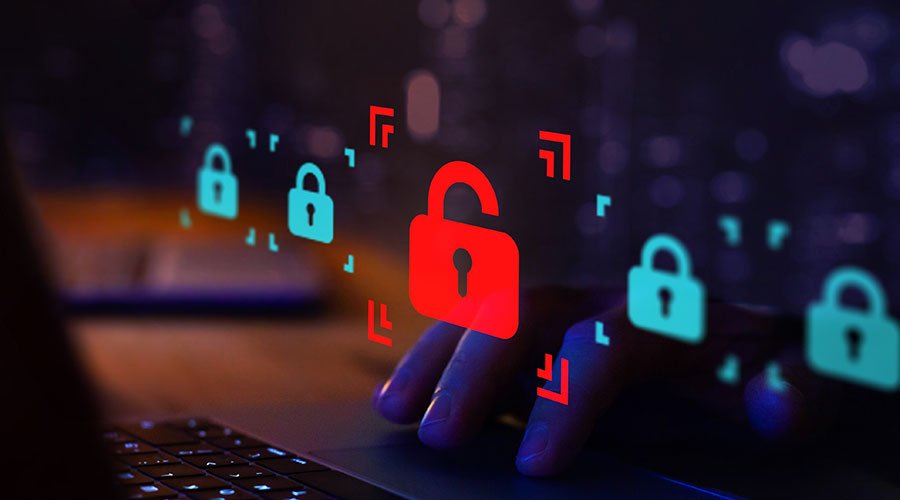The healthcare physical environment plays a critical role in the transmission of disease causing germs. These can include methicillin-resistant Staphylococcus aureus (MRSA) Vancomycin-resistant Enterococcus (VRE), Clostridium difficile, carbapenem-resistant Enterobacteriaceae (CRE), norovirus and others.
Research published during the past few years demonstrates the critical importance of effective environmental cleaning along with appropriate disinfection practices in breaking the chain of infection transmission in the healthcare setting.(1-3)
The reality of the research is that lapses in cleaning and disinfection processes used routinely in healthcare have been identified. In fact, multiple studies have shown that less than 50 percent of hospital room surfaces tested were cleaned effectively upon terminal room cleaning, despite having the appearance of being cleaned and prepared for the next patient admission.(4-6)
Never before has the importance of the role of the Environmental Service staff been recognized in healthcare as today. No longer is “hotel clean” acceptable in the healthcare environment. In December 2010, the CDC launched a new expectation of evaluating the effectiveness of environmental cleaning in the healthcare arena with the publication of the “Options for Evaluating Environmental Cleaning”.
As leaders in the healthcare environmental services profession, we are called upon to redefine what the “norm” of daily cleaning of patient rooms should be. The good news is that in the intervention studies conducted in numerous hospitals, it has been shown that providing environmental service staff with feedback about the results of such monitoring and educating them about the importance of their activities has led to significant improvements in the proportion of surfaces that are cleaned by the front line staff.
With the widely reported outbreak of the “superbug” bacteria CRE at the National Institute of Health in Baltimore in 2011, it became increasingly clear to all of us working in healthcare that despite environmental cleaning, the problem of persistent contamination of healthcare surfaces with invisible pathogens was one that we all shared across the country.
Our goal should be to reduce the environmental bioburden in patient care areas. This reduction in the count of invisible organisms on patient care surfaces is the critical key to reducing the HAI risk from environmental pathogens to patients. Key to reducing the risk of disease transmission is to reduce the number of environmental organisms and promoting enhanced hand hygiene opportunities for healthcare workers and patients.
What are the best practice recommendations for environmental surface monitoring as we move forward? The first step is the continuation of using the “visual inspection” at the point of service and supplementing it with new technology such as fluorescent marking or ATP measuring devices.
These additional tools utilized by the EVS supervisors and Infection Preventionists are quickly becoming the gold standard in the industry. These enhancements allow the EVS supervisors the ability to evaluate how effective the cleaning practices of the front line staff are in the removal of contaminants on healthcare surfaces. Providing this feedback to the frontline staff can lead to improved effectiveness of cleaning practices.
Future considerations for improving the cleaning efficacy of the EVS staff include enhancing the fundamental cleaning disinfection practices with no-touch decontamination technology such as Ultra Violet Light and Hydrogen Peroxide Vapor processes. The infection prevention experts recommend that this type of cutting edge technology be considered when challenges with environmental pathogens continue despite adherence to the regular processes of the environmental cleaning program.
Quality EVS programs include:
• Employing a workforce of highly trained and competent Environmental Service managers, supervisors and front line staff.
• Assure that your program is providing effective surface cleaning and disinfection. This includes providing staff with the appropriate tools for the appropriate job including microfiber technology and use of tools to measure cleanliness of high-touch surfaces such as fluorescent marking gel or ATP technology.
• Following the recommendations of the Centers for Disease Control and Prevention (CDC) in the “Options for Evaluating Environmental Cleaning” publication, 2010.
• Forming collaborative partnerships between EVS, infection prevention and control and nursing leadership.
• Promoting enhanced hand hygiene awareness programs facility wide for all members of the healthcare team.
Through re-evaluating the current processes in place in our healthcare organizations and the addition of new technologies and processes in the performance of the role of environmental services in healthcare, we are leading the way to improving the cleaning efficacy of the patient care areas, reducing the HAI risk to patients and staff and reducing costs to the healthcare system through these efforts.
Gary Pollack has been a member of HHA Services for more than 30 years. Pollack began working for HHA Services in 1980 at St. Mary Hospital in Livonia, Michigan as an environmental services associate while attending school. He has been vice president of operations since 2009, and is responsible for many facility service accounts in the Midwest.

 Disinfectant Dispensers in Healthcare Facilities Often Fail to Deliver Safe Concentrations: Study
Disinfectant Dispensers in Healthcare Facilities Often Fail to Deliver Safe Concentrations: Study Duke University Health System Receives $50 Million for Proton Beam Therapy Center
Duke University Health System Receives $50 Million for Proton Beam Therapy Center UT Southwestern Experiences Data Breach Through Calendar Tool
UT Southwestern Experiences Data Breach Through Calendar Tool Protecting Patient Data: Strategies and Tactics
Protecting Patient Data: Strategies and Tactics Duke Health to Acquire Lake Norman Regional Medical Center
Duke Health to Acquire Lake Norman Regional Medical Center